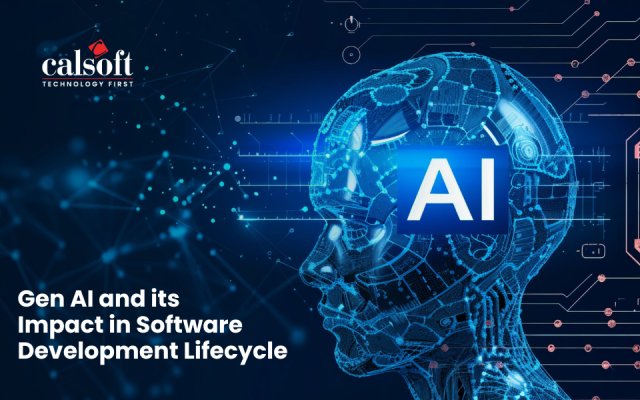This is the era of Artificial Intelligence (AI). Every industry is trying to automate processes and predict the market and future demands using AI, Machine Learning, Deep Learning, and a clutch of new technologies. To be able to differentiate between all these much-hyped terms, let us understand what each of them stands for.
So, what is Artificial Intelligence?
Techopedia says that Artificial Intelligence is an area of computer science that emphasizes the creation of intelligent machines that can work and react like humans eventually. Some of the activities AI is designed for are learning, planning, speech recognition, and problem-solving.
Of course, machines can work and react like humans only if they have access to abundant information. AI should have access to categories, objects, properties, and the relationship between them to be able to initiate reasoning, make decisions, and plan to act. All the processes of rationalizing, categorizing, and training the machines to make human-like decisions and act accordingly are made possible by the combination of Machine Learning, Deep Learning, convolution learning algorithms, etc.
So, AI is a superset of all the other terms. Each of these terms refers to a specific application of AI. Each is equally important for AI to work with high efficiency and accuracy.
Now, let us look at what the terms Machine Learning and Deep Learning mean.
Machine Learning is an application of AI that uses data analytics techniques and computational methods to “learn” information directly from data without relying on a predetermined equation as a model. Machine Learning algorithms can automatically learn and improve from experience without being explicitly programmed. These algorithms are built to do things by understanding labeled data, then use it to produce further outputs with more sets of data.
Machine Learning develops computer programs that can access data and self-learn. Some real-time examples of Machine Learning are virtual personal assistants, video surveillance, email spam and malware filtering, and online customer support.
Deep Learning, on the other hand, is a subset of Machine Learning that is capable of learning from massive volumes of unsupervised data, which may be unstructured or unlabeled. It is also termed as Deep Neural Learning or Deep Neural Networks. Some examples of Deep Learning at work are autonomous vehicles, image processing, etc.
Deep Learning allows us to train an AI by giving a set of inputs and predicting the output. AI is trained by using both supervised and unsupervised learning. Academic publications claim that Deep Learning uses multiple layers to progressively extract higher-level features from the raw input. For example, in image processing, lower layers identify the dimensions of the image, while higher layers identify whether the object is a letter, a human face, or an animal.
Deep Learning has been significantly successful for two reasons. One reason is that a deep neural network (DNN) has the capacity to store information from large data sets. The other reason is that many Machine Learning algorithms can suffer from bottlenecks when it comes to creating features. Features are the input parameters of the training examples that enable a particular Machine Learning algorithm to pick up data.
So, we can conclude that Machine Learning is a subset of AI and Deep Learning is a subset of Machine Learning.
It is important to understand how Artificial Intelligence, Machine Learning, and Deep Learning relate to each other and simulate human intelligence. It is also key to know how they incrementally build on each other. Each of them has different data requirements, level of complexity, transparency, and limitations. Each of them is different with respect to the types of problems each can solve, even when the context that tests the skill required to get a specific model up and running is the same or similar. Even though they solve different business case problems, these three terms are tightly linked.
Choosing which one to use for a particular scenario is driven by various factors. For example, the first parameter of interest will be the amount of data available for use and the performance of the model when that data is scaled up. With an increase in the data volume, the parameters get tuned well and any bias in the model gets reduced.
In another instance, suppose we want to analyze the data on a day-to-day basis; like, say the stock market for day traders. Machine Learning models will perform better than Deep Learning models in such scenarios where the amount of data is smaller. So, there is no distinct line where one stops and the other takes over.
The advances made by researchers at DeepMind, Google Brain, Open AI, and various universities are startling. AI can now solve problems that humans can’t. And AI is changing faster than can be imagined. The power of AI grows with the power of computational hardware, and advances in a computational capacity like quantum computing or higher-quality chips.
Interestingly, the simulation of human intelligence (sometimes called Machine Intelligence) is a combination of all the three terms working together. When they come together, they enable machines to predict, classify, learn, plan, reason, and/or perceive like humans.






